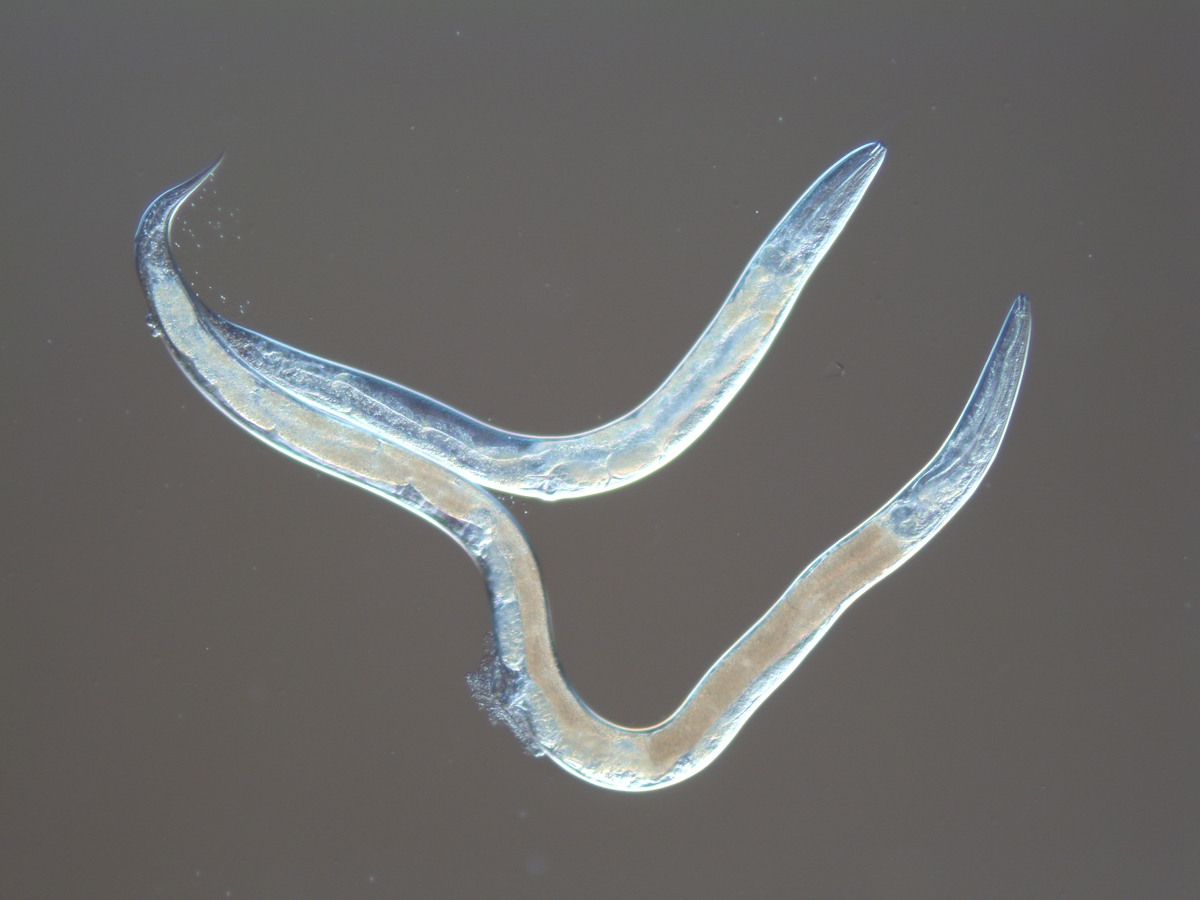University of Oklahoma assistant professor of biology Gavin Woodruff, Ph.D., has received a prestigious Faculty Early Career Development Award, known as a CAREER award, from the National Science Foundation to study how one particular roundworm regulates its cell size.
C. inopinata is a roundworm species that is nearly twice as long in size as its highly studied close relative, C. elegans. Woodruff’s study aims to better understand why C. inopinata have such a drastically different body size and how that information could improve scientists’ understanding of cellular growth.
“This work is important because we know larger roundworm species have larger cells than those of smaller species, and when the processes regulating cell size go awry, diseases such as cancer emerge,” Woodruff said. “This work then has the potential to discover novel genes that control cell size and thus potential novel targets for cancer therapeutics.”
Nematodes are a model species for biological studies for many reasons. They grow quickly, as quickly as four days from egg to adult, and one worm can lay hundreds of eggs, which makes it easy for scientists to understand and measure genetic differences. This has led to more than five decades of existing research from a range of studies that provide the scaffolding for the current study.
“Nematodes are studied by thousands of researchers all over the world. Three Nobel prizes have been connected to this organism, so it’s yielded a lot of success; it’s a model system for genetics,” Woodruff said. “But I take a somewhat different approach in that I’m interested in evolution.”
Often, evolutional biologists study systems that contain morphological diversity – differences in body sizes. The C. elegans and its close relatives traditionally have all had similar body sizes – that is until a new species was discovered approximately 10 years ago.



